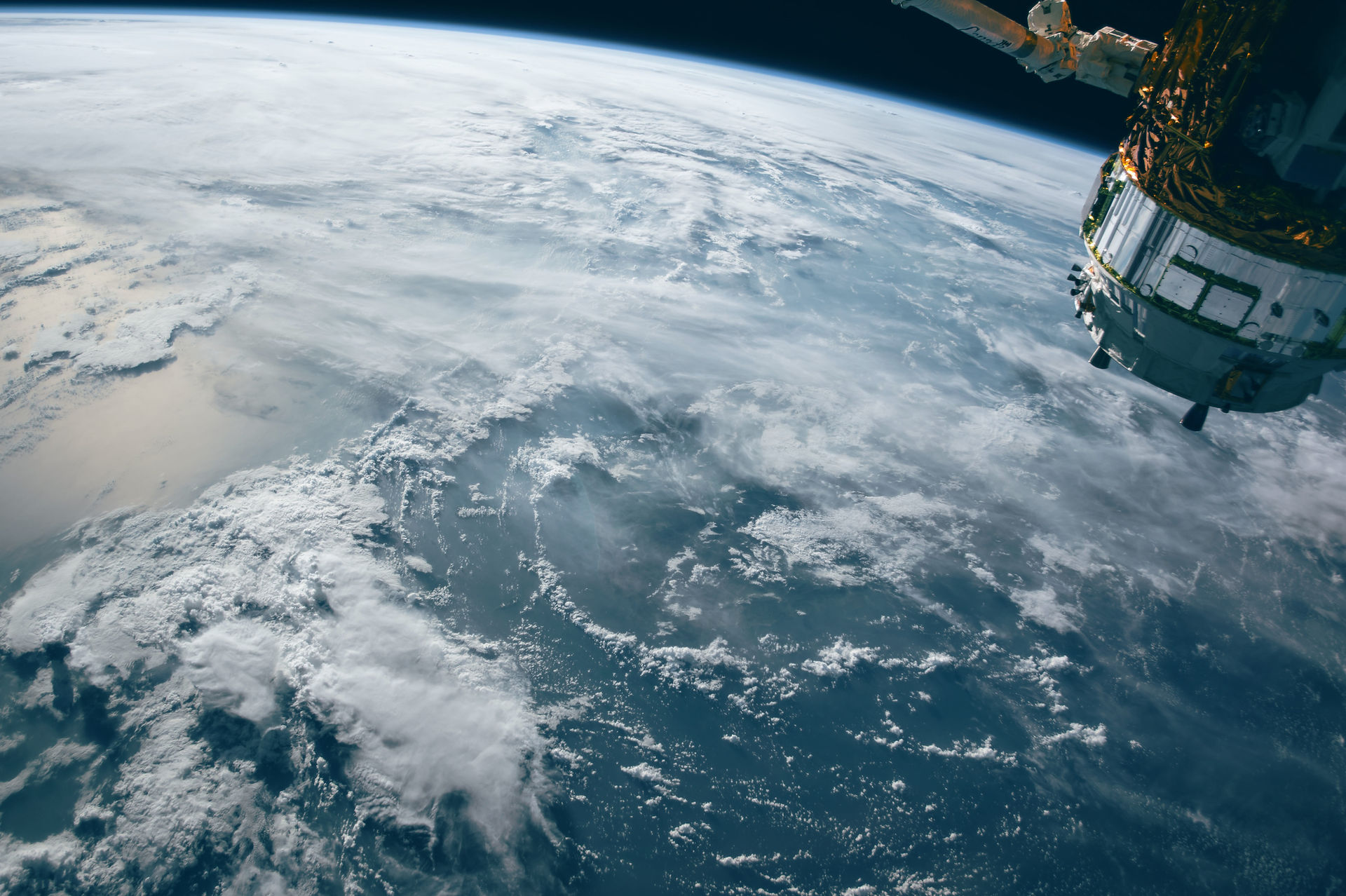Satellites and their negative impact on space exploration
- Kate Green
- Sep 29, 2024
- 4 min read
While satellites have greatly benefited space exploration, they also pose several significant challenges and negative impacts, particularly as their numbers continue to increase.
Here are some of the primary concerns:
1. Space Debris (Orbital Junk)
Growing Debris Problem: As more satellites are launched into space, especially in low Earth orbit (LEO), the amount of space debris has increased dramatically. Defunct satellites, spent rocket stages, and fragments from collisions or explosions create a cloud of debris orbiting the Earth.
Risk to Active Satellites and Missions: Space debris can collide with operational satellites, damaging or destroying them. Even small pieces of debris can cause catastrophic damage due to the high speeds at which they orbit. This increases the risk for active satellites and space missions, including crewed missions to the ISS or beyond.
Kessler Syndrome: A worst-case scenario involves the potential onset of the Kessler Syndrome, where the density of objects in orbit is so high that collisions between objects generate even more debris, leading to a cascade of collisions. This could make certain orbits unusable and impede space exploration for decades.
2. Interference with Astronomy and Space Observation
Light Pollution: The increasing number of satellites, especially large constellations like SpaceX's Starlink, have begun to interfere with ground-based astronomical observations. The satellites reflect sunlight and produce bright streaks in astronomical images, reducing the quality of scientific data and making it more difficult for astronomers to observe faint objects in deep space.
Radio Frequency Interference: Satellites transmit signals back to Earth, which can interfere with radio telescopes that are crucial for certain types of space observations. This makes it harder for scientists to conduct radio astronomy, a key method for studying distant cosmic phenomena like black holes and pulsars.
3. Satellite Collisions
Increased Collision Risk: As the number of satellites in orbit grows, the likelihood of collisions increases. Satellites traveling at orbital speeds (about 28,000 km/h or 17,500 mph) can cause immense damage if they collide, either with other satellites or debris.
Chain Reaction Collisions: A single collision can generate hundreds or thousands of new pieces of debris, each of which poses a threat to other satellites. This not only endangers other spacecraft but also makes space exploration riskier and more costly.
4. Environmental Impact
Atmospheric Pollution: When satellites re-enter Earth’s atmosphere, especially large satellites or rocket stages, they burn up, releasing aluminum oxide and other materials into the atmosphere. This can potentially affect atmospheric chemistry and contribute to environmental degradation.
Rocket Emissions: The launch of satellites requires rockets, which release large amounts of greenhouse gases and other pollutants into the atmosphere. Some estimates suggest that the growing number of satellite launches could have a measurable impact on global warming and the depletion of the ozone layer.
5. Regulatory and Orbital Traffic Management Issues
Lack of Global Regulation: The rapid expansion of satellite constellations, particularly by private companies, has outpaced international regulatory frameworks. This creates challenges in managing orbital traffic, avoiding collisions, and ensuring that satellites do not interfere with each other’s operations.
Crowded Orbits: Certain orbits, especially low Earth orbit (LEO) and geostationary orbit (GEO), are becoming increasingly crowded. Without effective management, this congestion increases the risk of collisions and complicates satellite operations, potentially leading to service disruptions or mission failures.
6. Increased Costs and Risks for Space Exploration
Higher Costs for Missions: The need to avoid space debris and manage the risk of satellite collisions increases the complexity and cost of space missions. Spacecraft now require more sophisticated tracking systems, collision avoidance maneuvers, and potentially costly insurance policies to mitigate these risks.
Impact on Future Missions: The crowding of orbits and the proliferation of debris may restrict future space missions, both for Earth observation and interplanetary exploration. This could limit humanity's ability to deploy new scientific instruments or exploratory missions in space, particularly in key orbits.
7. Monopolization of Space by Private Companies
Private Sector Dominance: The increasing privatization of space, driven by companies like SpaceX, Amazon, and OneWeb, may lead to monopolization of key orbital regions. This could limit access to space for smaller countries or organizations and increase costs for space missions that rely on certain orbits.
Commercialization vs. Scientific Exploration: With more satellites being launched for commercial purposes (e.g., internet services), there is concern that scientific exploration may take a backseat to profit-driven ventures. The commercialization of space could skew priorities away from pure scientific research.
8. Potential for Weaponization and Militarization
Weaponization of Space: Satellites have strategic military uses, such as surveillance, communication, and navigation for armed forces. The development of anti-satellite (ASAT) weapons and the potential for the militarization of space create new risks, including the possibility of conflicts escalating into space.
Global Security Concerns: An arms race in space could lead to more satellite destruction, intentional or accidental, exacerbating the space debris problem and threatening peaceful exploration.
Conclusion
Satellites have undoubtedly expanded the horizons of space exploration, but they also come with significant negative impacts. The growing issue of space debris, interference with scientific research, environmental damage, and regulatory challenges are among the major concerns. Addressing these issues will be crucial for ensuring that space remains accessible and sustainable for future generations. Effective international cooperation, improved technology for debris mitigation, and responsible satellite deployment are needed to minimize these risks and allow for continued advancements in space exploration.


Comments